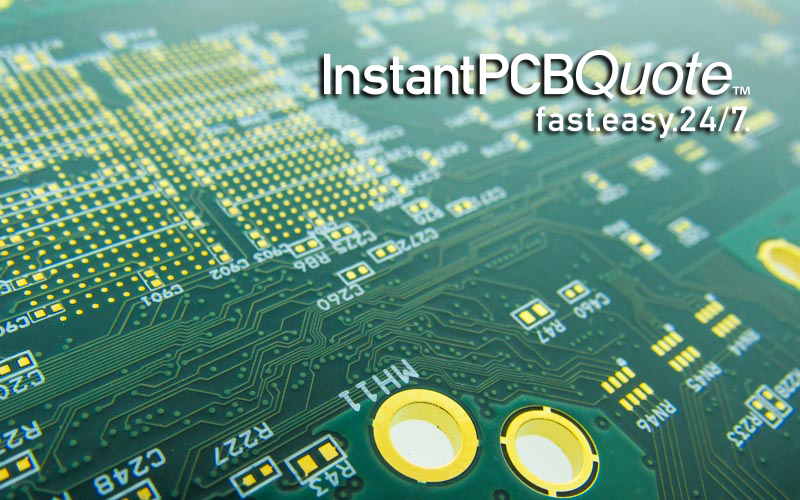Within the first few pages of IPC standard for printed circuit boards, there is a reference table 1-2 that is called “Default Requirements.” When reading the standard looking for some guidance, one may question “default” as part of a requirement. Often, when we receive circuit board production files there is not enough information from a manufacturing standpoint but certainly enough to quote.
Flexible heaters made from silicon and polyimide materials are designed to provide heating features to a wide range of applications. Their flexibility allows the heaters to wrap around odd-shaped surfaces when used inside or outside products. The flexibility of the heater is to provide enough heat for the intended application at the specific area without interfering with its functions.
At the conclusion of our webinar, PCB Design & Layout - Checklist of What You Need Before You Start, we had several questions submitted to our presenter, Angie Brown, PCB Product Manager at Epec. We have compiled these questions into a readable format on our blog.
Printed circuit boards (PCBs) may go through extreme wear-and-tear based on environmental factors. They may be placed in applications where there will be fluctuating temperatures, extreme heat, extreme cold, high humidity, salt water, and excessive moisture.
In some areas of a flexible circuit board design, the trace widths and spacings, trace to pad spacings, and via pad sizes are the same as used in rigid circuit boards but will differ in other areas. This is due to the flexible nature of the polyimide materials used, the type of material used to encapsulate the external layers, and the unique plating process used for most flex circuit designs.
Remembering back to grammar school and the standard 8-box of Crayola crayons and when they expanded to 16 or 32 colors, never mind 64. If you managed to get this box with the sharpener, you had it made. I love color; the more the better.
You may have encountered the acronym STP or STEP while learning about or working on projects that involve computer-aided design. But what exactly is it? A STEP file is a 3D-model file formatted in STEP, which stands for Standard for the Exchange of Product Data. STEP files are used to store 3D-image data in an ASCII format, following the standards defined in ISO 10303-21, introduced by the ISO committee in 1994. This specification created a file structure which could be recognized by multiple modeling programs, thus enhancing the ability for design data to be exchanged.
When manufacturing printed circuit boards (PCBs), the boards will be classified into specific groups based on the level of quality. Any circuit board developed for IPC Class III has met the strictest requirements levels based on tight minimum tolerances and very high precision standards for mission-critical PCBs that can be used in industries such as aerospace, military, and medical applications. Reaching these specific standards ensures that the PCB will endure a long lifecycle, can withstand harsh environments, and will perform at an exceptional level without failure.
Shielded cables are ubiquitous across nearly all industries. Not to be confused with armored shielding, which is designed to physically protect a cable, shielded cables are used to safeguard against electromagnetic energy and the negative consequences from signal corruption, blown components, or even a failed qualification test. Cable designers will specify whether a shield is required and its general construction. But just adding a shield to a cable may not be enough to achieve the required performance levels that are anticipated.
A common misconception for ordering PCBs online is that it can only be low technology/low quantities for prototypes, but that is not the case. At InstantPCBQuote™, we have the capabilities for you to order circuit boards up to 16-layer with high-temp materials, blind and buried vias, and with controlled impedance.


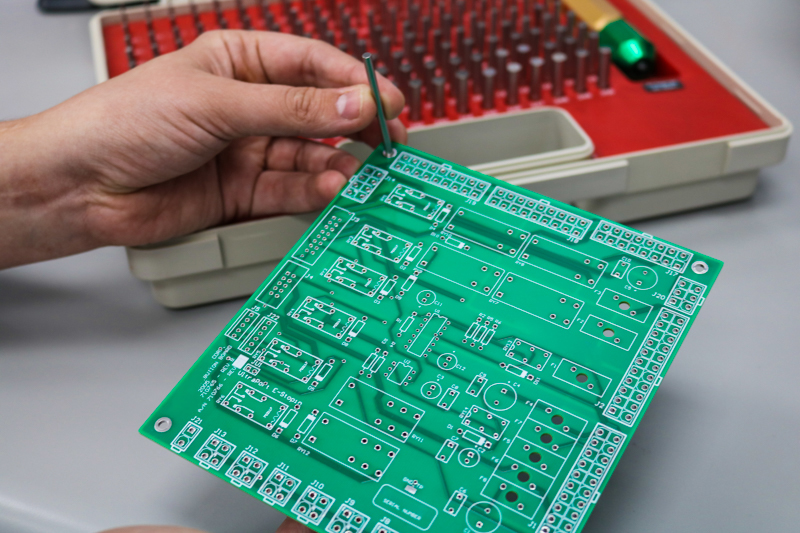
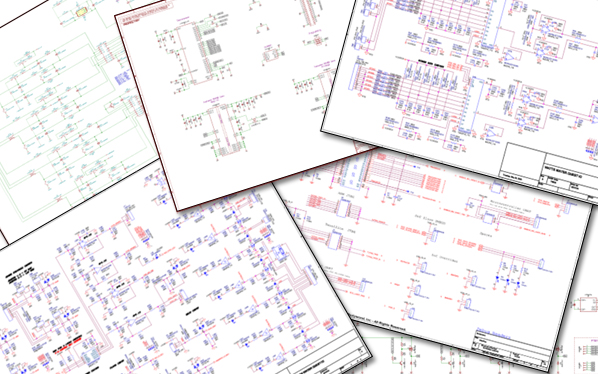
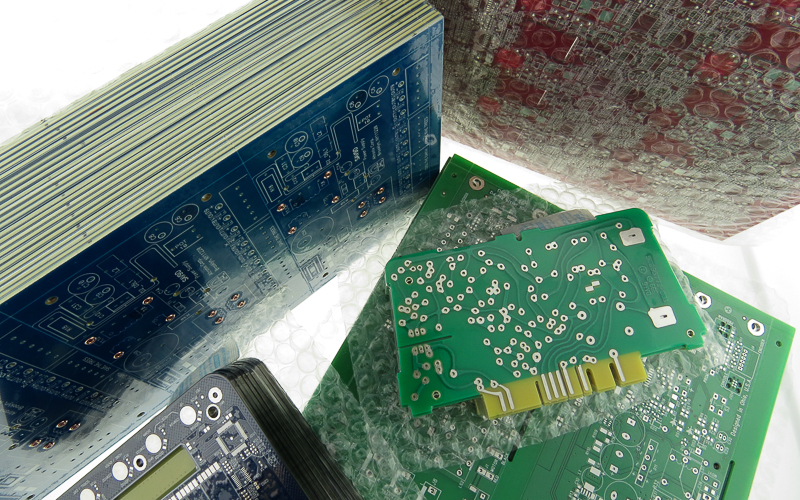
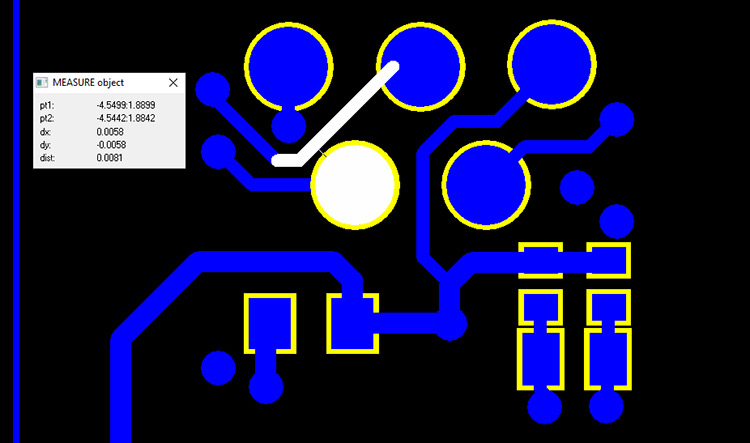
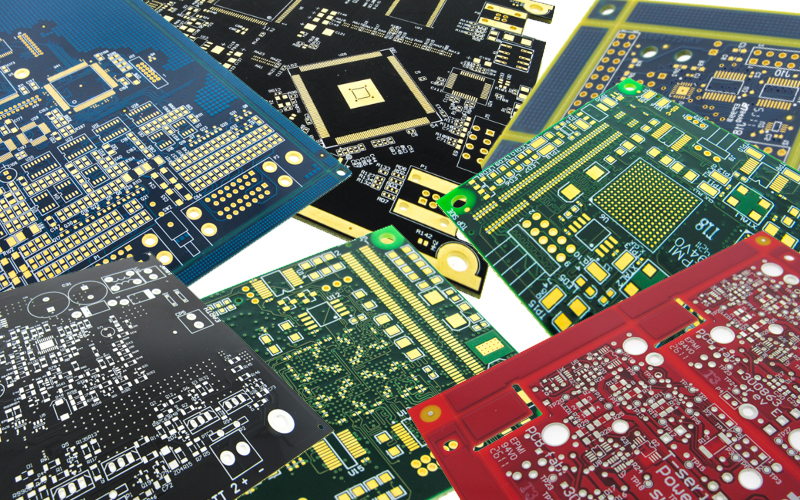
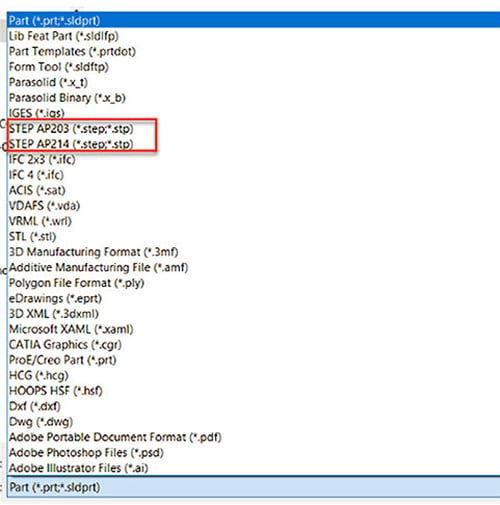
.jpg)
.jpg)
